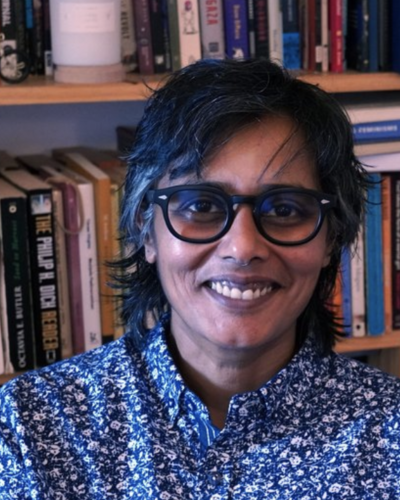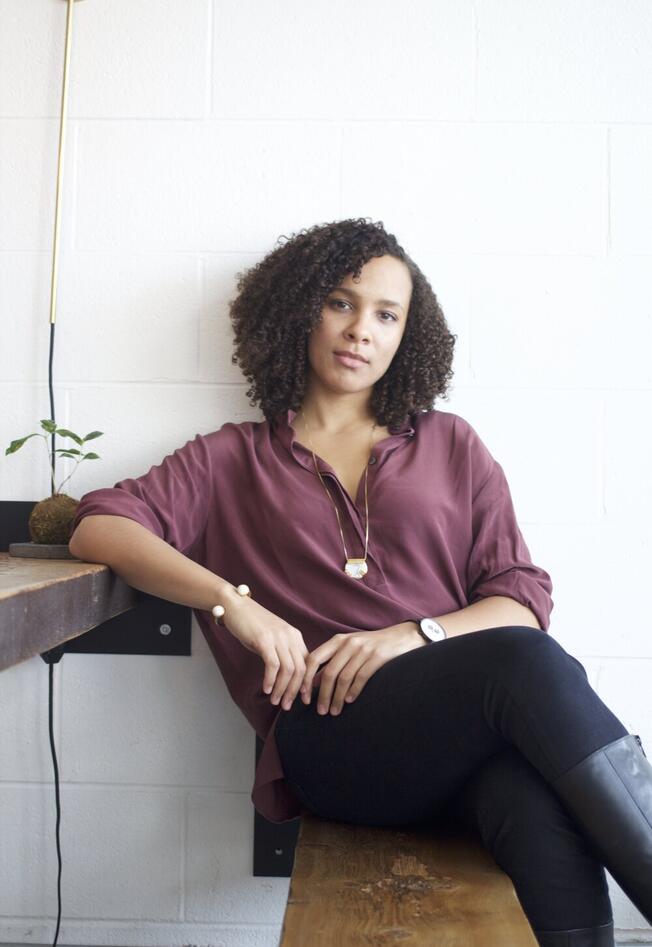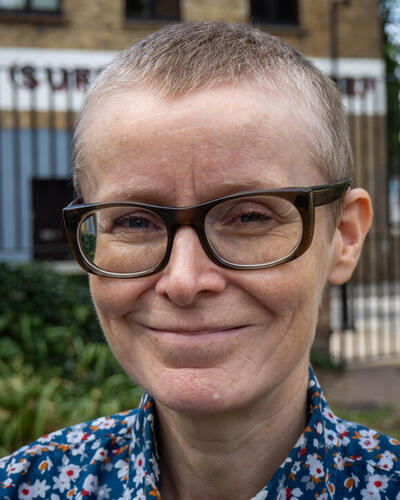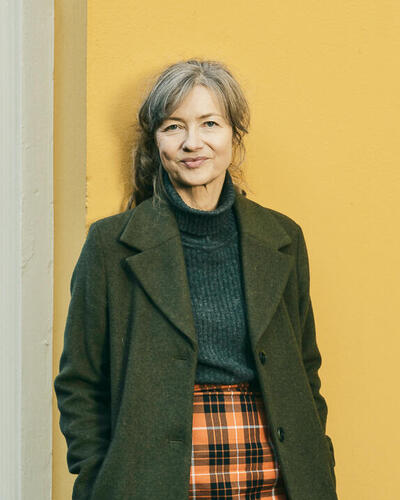How does the University of Bergen facilitate diversity?
A vision of diversity is central to the work on the new UiB strategy, but what does diversity mean, and how does diversity policy translate into action?

Main content
On 13 October, the research group at the Centre for Women’s and Gender Research (SKOK) welcomed members of the UiB strategy working group, the university’s Equality Committee and staff at the Rectorate to a workshop on diversity, sponsored by the Meltzer Research Fund.
The aim was to discuss and reflect on what diversity means at both the policy level and in the daily lives of staff, students and leadership at UiB.
The university’s new action plan for diversity, inclusion and equality focuses mainly on legal understandings of gender equality and ethnic diversity, and does not offer much in terms of guidelines for action.
How to understand and facilitate diversity?
The participants were encouraged to reflect on the following questions:
- How can we think about legal responsibilities and deeper structural changes simultaneously in understanding, planning and doing equity work concerning e.g., racism, (hetero)sexism and ableism?
- What are the possibilities and pitfalls connected to the language we use to speak about and understand diversity and inclusion?
To discuss these issues, highlighting both possibilities and pitfalls, SKOK had engaged diversity consultant Ro Averin.
Beware of Northern European exceptionalism
First, however, SKOK’s guest researcher, Svati Shah, opened the discussion by sharing examples of inadequate responses to racism and sexual assault on US campuses, which is partly documented by a recent study referred to by World University News under the heading “US international HE ‘reinforces racism’, study finds”.
While acknowledging that there are obvious differences between US and Norwegian higher education institutions (HEI), Shah emphasized that any leadership should reflect the people they lead.
That means that HEIs need to create structural responses to the lack of diversity that go beyond hiring practices and merely counting heads. What needs to be addressed, they argued, is how dominant norms are maintained by institutional practices. In the West, these norms look like whiteness.
The point is not, however, to produce white guilt but to establish diversity policies that lead to real institutional change. Even tiny changes can spark a lot of anxiety among those who do not see the benefit of change, so it is not an easy task to do.
Also, Northern European exceptionalism can obscure realities and establish the impression that problems related to diversity do not exist here.
Avoiding pitfalls
After the conversation sparked by Shah’s reflections, Ro Averin’s presentation “Building Equitable Spaces – ‘Diversity’ Work and Strategic Planning” explored terms such as “diversity,” “inclusion,” “equity,” “justice” and “intersectionality.” They highlighted both pitfalls and examples of more ideal diversity processes in higher education institutions.
One of the pitfalls is performative advocacy where institutions create plans to avoid action rather than engage in it. A related pitfall is tokenism of marginalized students and staff, or hyperfocus on the “business” case for diversity.
The latter often also involves shifting financial and administrative responsibilities of equity work to individual departments.
How can we create a more equitable and just Norwegian academia?
Averin then went on to suggest better ways of implementing diversity in the institution. One suggestion is to acquire direct feedback from marginalized groups in the institution. This results in better representation and prepares the institution to support structural change.
Relatedly, it is important to explicitly name structural mechanisms of exclusion and how they affect specific marginalized groups.
More ideal processes also engage in institutional transparency and provide clearly stated accountability measures (without being afraid of litigations).
Like Shah, Averin emphasized that change often spark anxiety and resistance in the institution, so diversity processes should therefore embrace discomfort rather than shy away from it.
Building equitable spaces
The ensuing discussion touched upon themes like the importance of political will, the need for knowledge diversity, and how to deal with the common argument that diversity risks lowering the academic standards.
The student representatives of UiB’s Equality Committee pointed out that the committee’s original mandate from the 1980s is still mostly intact, with just minor adjustments being made in the early 2000s, so it is high time to revise it.





